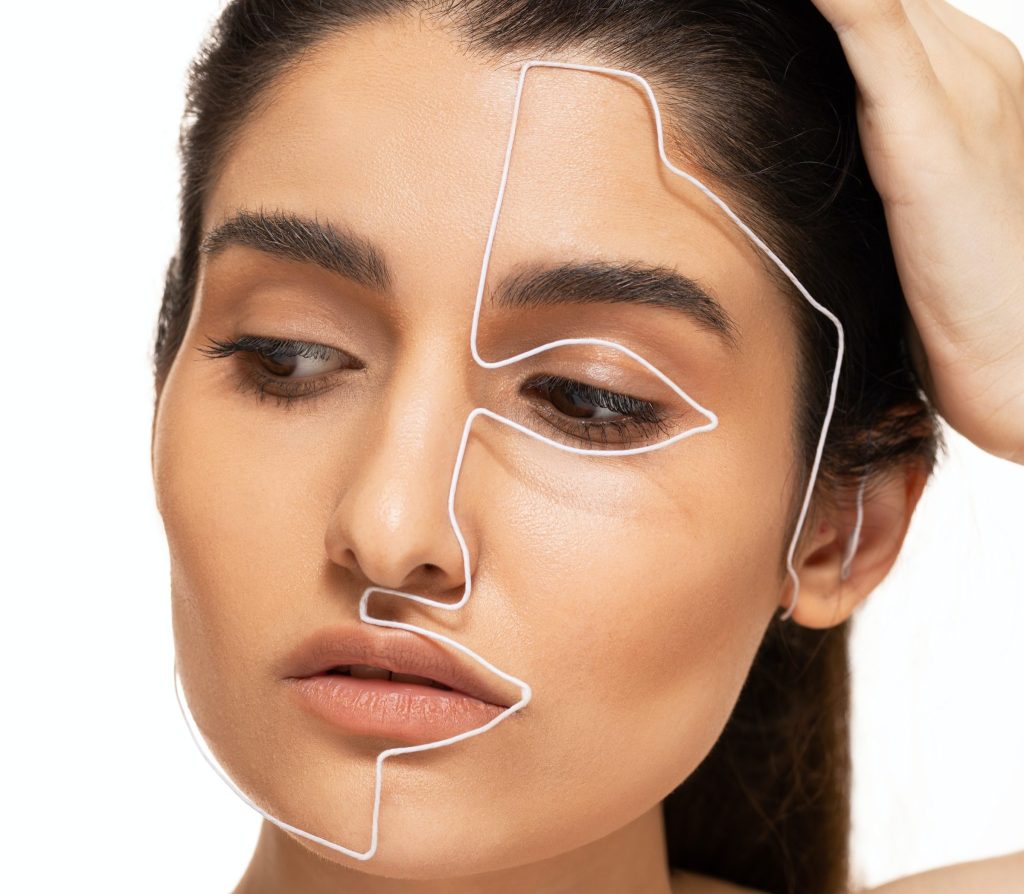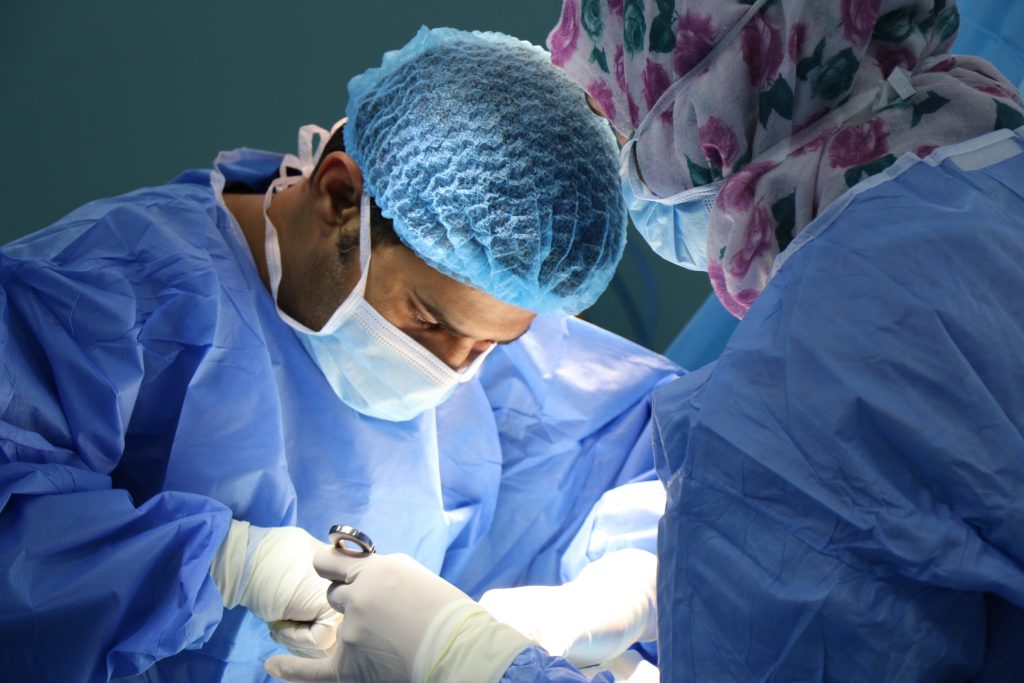Every domain of expertise, whether it be technology, design, or even fashion, goes through periods of evolution. This process of change is particularly crucial and evident in the world of plastic surgery. As our collective societal ideals of beauty continue to shift and refine, patients’ demands change.
In turn, plastic surgeons must adapt their techniques and offerings to meet these new requirements. Keeping up to date with the game-changing trends in the world of plastic surgery is thus of utmost importance. It can determine a clinic’s relevance in the industry and the satisfaction levels of patients, and may even influence the direction of future surgical advancements.

The rising trends in the world of plastic surgery
Contents
A complex process goes into comprehending the relevance of trends in plastic surgery. Trends can initially appear to be little more than transient fads or brief changes in the general public’s attention. When we delve a little deeper, however, we see that these changes are a reflection of the public’s shifting views, preferences, and mindsets.
Analysing these predicted changes as we get closer to 2023 can give us a wealth of knowledge. It aids in our ability to foresee potential developments in plastic surgery, as well as what kind of treatments will be in great demand and how they may impact the medical industry as a whole.
Top Predicted Plastic Surgery Trends For 2023
The appearance of a person is important in the minds of many people where the belief is that confidence is heavily interlinked with how good you look. With the follies of botched surgeries in the back of the minds of people, there are procedures that most will find attractive for their efficiency and how they might help someone’s beauty goal.
So as we stand on the cusp of 2023, speculations and predictions about the biggest plastic surgery trends are at a high. Let us delve into the top three trends making headlines.
1. Minimally invasive procedures
First on our list is the rise of minimally invasive procedures. Time is money as the public is now demanding quicker recoveries and less visible scarring. This causes procedures like thread lifts and liposculpture to be highly sought after in which their growth is predicted. They not only offer shorter recovery times but also pose fewer risks compared to traditional surgeries.

The first example is thread lifts which is an increasingly popular procedure. This procedure lifts and tightens your skin giving you a younger look. This procedure does not involve any incisions to the face which would be concerning for most but it does involve the use of needles and threads thus it counts as a “minimally” invasive procedure. The threads pull your face into a position where they would activate your body’s collagen production which is a natural healing response. This will give you a subtle change that will heal quickly.
The second example is liposculpture. This procedure involves a small incision of the targeted area of the skin where the surgeon would proceed to melt, or break up the fat. This procedure is done for those who seek to tone their bodies a little more and show more muscle definition or look less chubby. However, due to the less invasive nature of the process, it would be required to not be severely unhealthy or have a very high body fat content before committing to this. Regardless, there is a faster recovery time than if you were going to do a liposuction.
2. Preventative plastic surgery
Second, we are witnessing a paradigm shift towards ‘preventative’ plastic surgery. That is, instead of addressing age-related changes as they occur, a significant number of younger individuals are choosing to undergo minor procedures early on to delay the visible signs of ageing. These procedures include preventative Botox and dermal fillers.

With Botox, short for botulinum toxin, the substance is injected into the face in order to reduce wrinkles. Botox is poisonous to the human body but can be injected in smaller doses safely where it will proceed to block certain nerve signals that will make your face muscles relax. This procedure is relatively quick with little to no downtime however the effects will wear off around 3 – 6 months so it must be applied again.
Dermal fillers are a procedure that also delays the visible signs of ageing. Similar to Botox, dermal fillers use injections to also give the face a much more youthful look. However, what makes dermal fillers different from Botox is that while Botox will reduce fine lines and wrinkles, dermal fillers will fill them up instead. Just like Botox though, you would need to return every 3 – 6 months in order to use dermal fillers so it is a long-term commitment.
3. Individualized or ‘customized’ operations
Thirdly, individualized or ‘customized’ operations are on the rise. Patients no longer seek cookie-cutter beauty standards. Instead, they demand surgeries that amplify their unique features, embracing diversity over conformity. This personalized approach is anticipated to redefine the patient-surgeon relationship, ushering in an era of bespoke treatments.

This is not necessarily a technique that is used but more like a philosophy that clinics are adopting. From the stricter nature of certain surgical procedures, this method of operation will allow customers to have more control or agency in what sort of direction they want in their pursuit of beauty.
Besides these three, there are several other ongoing trends that will likely find greater traction in 2023.
How these trends affect the plastic surgery industry
These developments have an incredibly strong impact on surgical procedures. They promote an ongoing cycle of skill improvement and improved patient outreach by encouraging medical practitioners to modify their methods and tools to meet patient needs. For instance, the growing popularity of preventative Botox calls for more non-invasive treatment choices and specialities, while the need for customisation will force surgeons to broaden their scope of aesthetic vision and surgical proficiency.

For patient expectations and outcomes, these shifts have important ramifications. The standards that patients have for their doctors and for the surgery itself will rise as more novel and preventative procedures become commonplace. They will seek higher levels of personalisation, shorter downtimes, and more realistic-looking outcomes.
Industry insiders anticipate that in the field of plastic surgery, the year 2023 will see a stronger emphasis on caregiving, personalised consultations, and cutting-edge surgical procedures which are minimally invasive. With the emphasis being placed on reducing the noticeability of the procedure, it can be seen why many more people are opting for plastic surgery now and in the future.

